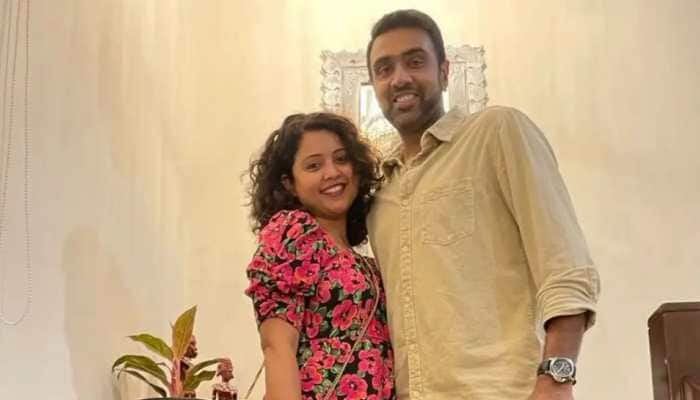Will India and China fight a war again?
Most Indians rightly see the 1962 war between India and China, and a relatively small military defeat and the major national panic that followed, as a cathartic event.
Trending Photos
)
New Delhi: Most Indians rightly see the 1962 war between India and China, and a relatively small military defeat and the major national panic that followed, as a cathartic event. While 1962 will still be the seminal year for Sino-Indian relations, it is in 1967 that Indian and Chinese troops last clashed -- at Nathu La. Since then, not a shot has been fired across the border.
Nathu La at 14,200 feet is an important pass on the Tibet-Sikkim border through which passes the old Gangtok-Yatung-Lhasa trade route. Although the Sikkim-Tibet boundary is well defined, China never accepted Sikkim as an Indian protectorate with its Army deployed there. During the 1965 India-Pakistan war, China gave an ultimatum to India to vacate both Nathu La and Jelep La passes on the Sikkim-Tibet border. Inexplicably, India`s 17 Mountain Division vacated Jelep La. It still remains with China.
At the time of the 1967 clash, India`s 2 Grenadiers held Nathu La. This battalion was under the command of Lt Col (later Brigadier) Rai Singh. The battalion was under the Mountain Brigade commanded by Brig MMS Bakshi, MVC.
According to a young Indian officer, the routine at Nathu La started with patrolling by both sides along the perceived border, almost always leading to arguments. The only one on the Chinese side who could converse in broken English was the political commissar. Sentries of both forces would stand barely one meter apart in the centre of the Pass.
Arguments between the two sides soon changed to pushing and shoving. On Sep 6, 1967, a scuffle took place. In order to de-escalate the situation, the Indian military decided to lay a wire in the centre of the Pass from Nathu La to Sebu La to demarcate the perceived border. This task was to be carried out by the 70 Field Company of Engineers assisted by a company of 18 Rajput. It was to begin Sep 11.
Under a bright morning sun, engineers and soldiers started erecting long iron pickets from Nathu La to Sebu La while 2 Grenadiers and Artillery Observation Post Officers at Sebu La and Camel`s Back were on alert. Immediately, the Chinese commissar came to the centre of the Pass.
The commissar asked Lt. Col. Rai Singh to stop laying the wire. Orders to the Indian Army were clear. They were not to blink. An argument soon built up into a scuffle. In the melee, the commissar got roughed up. Thereafter the Chinese went back to their bunkers. Engineers resumed laying the wire.
Within minutes, a whistle was heard on the Chinese side followed by murderous medium machine gun fire. Jawans of 70 Field Company and 18 Rajput were caught in the open and suffered heavy casualties. Col Rai Singh was wounded. Two brave officers, Capt Dagar of 2 Grenadiers and Major Harbhajan Singh of 18 Rajput, rallied a few troops and tried to assault the Chinese MMG but both died a heroic death.
2 Grenadier opened small arms fire but it was not very effective. Within the first 10 minutes, there were nearly 70 dead and scores wounded in the open on the pass. Within half hour, Chinese artillery opened up on the pass as well as in the depth areas but it failed to do much damage due to lack of observation.
The Indians sought artillery fire. Because of excellent domination and observation from Sebu La and Camel`s Back, the officer say, artillery fire was most effective. Most Chinese bunkers were destroyed and the Chinese suffered very heavy casualties that by their own estimates were over 400. The artillery duel carried on day and night.
For the next three days, the Chinese were taught a lesson. On Sep 14, the Chinese threatened use of air force if shelling did not stop. By then, the lesson had been driven home and an uneasy ceasefire came about.
The Chinese, true to form, pulled over dead bodies to their side of the perceived border at night and accused India of violating the border. Dead bodies were exchanged Sep 15 in the presence of, among others, Lt. Gen. Jagjit Aurora and Lt. Gen. Sam Maneckshaw, the Eastern Army Commander.
On Oct 1, 1967, this event repeated itself at Cho La when 7/11 Gurkha Rifles and 10 JAK Rifles were tested by the People`s Liberation Army and similarly not found wanting. The lesson of 1967 has been well learnt by China, just as the lesson of 1962 has been absorbed by India. Not a single shot has been fired across the border since then. Today the Indian Army and PLA stand eyeball to eyeball but the atmosphere is far more relaxed and the two armies frequently have friendly interactions.
IANS
Stay informed on all the latest news, real-time breaking news updates, and follow all the important headlines in india news and world News on Zee News.
Advertisement
Live Tv
Advertisement







)
)
)
)
)
)
)
)
)
)
